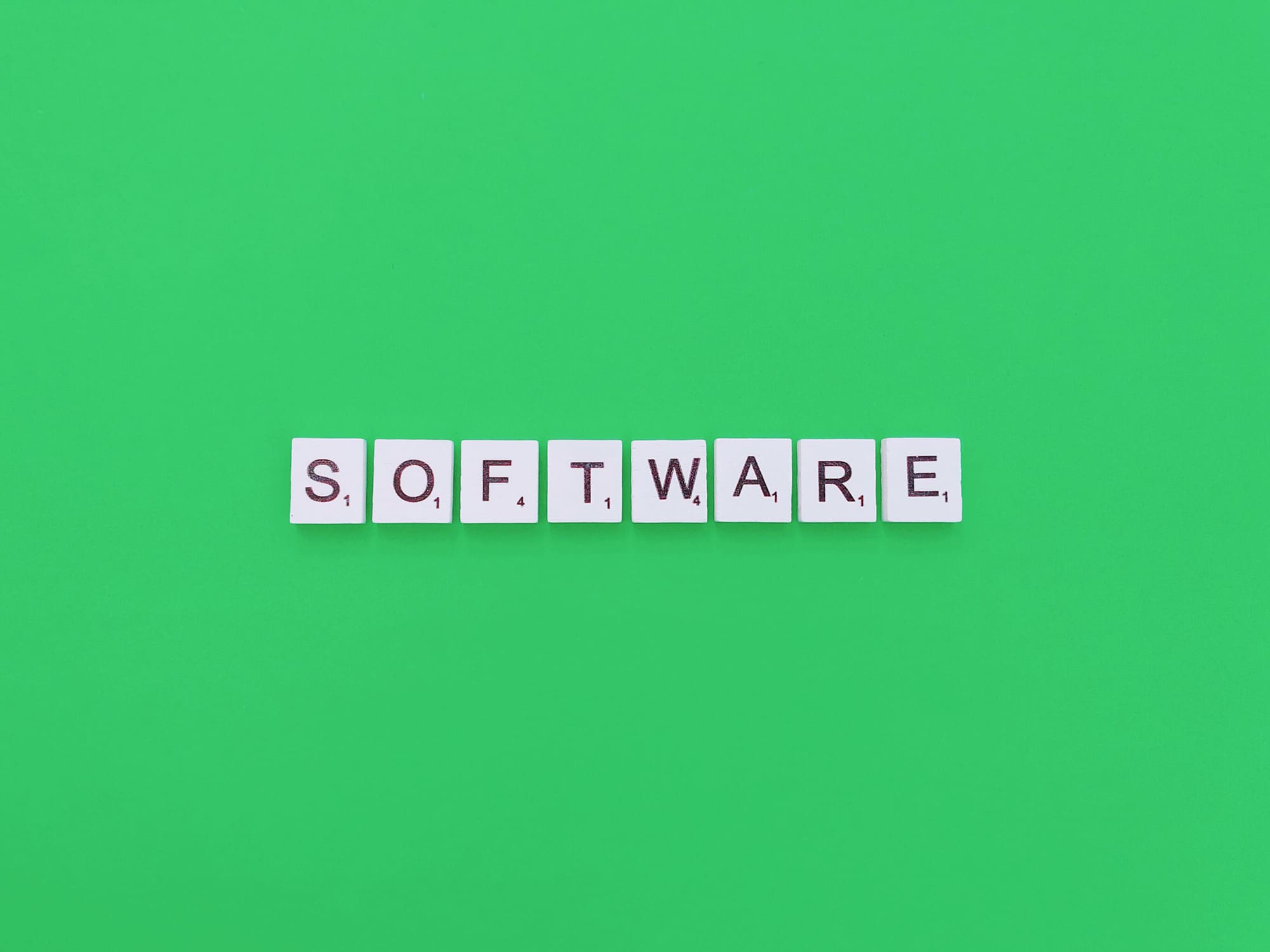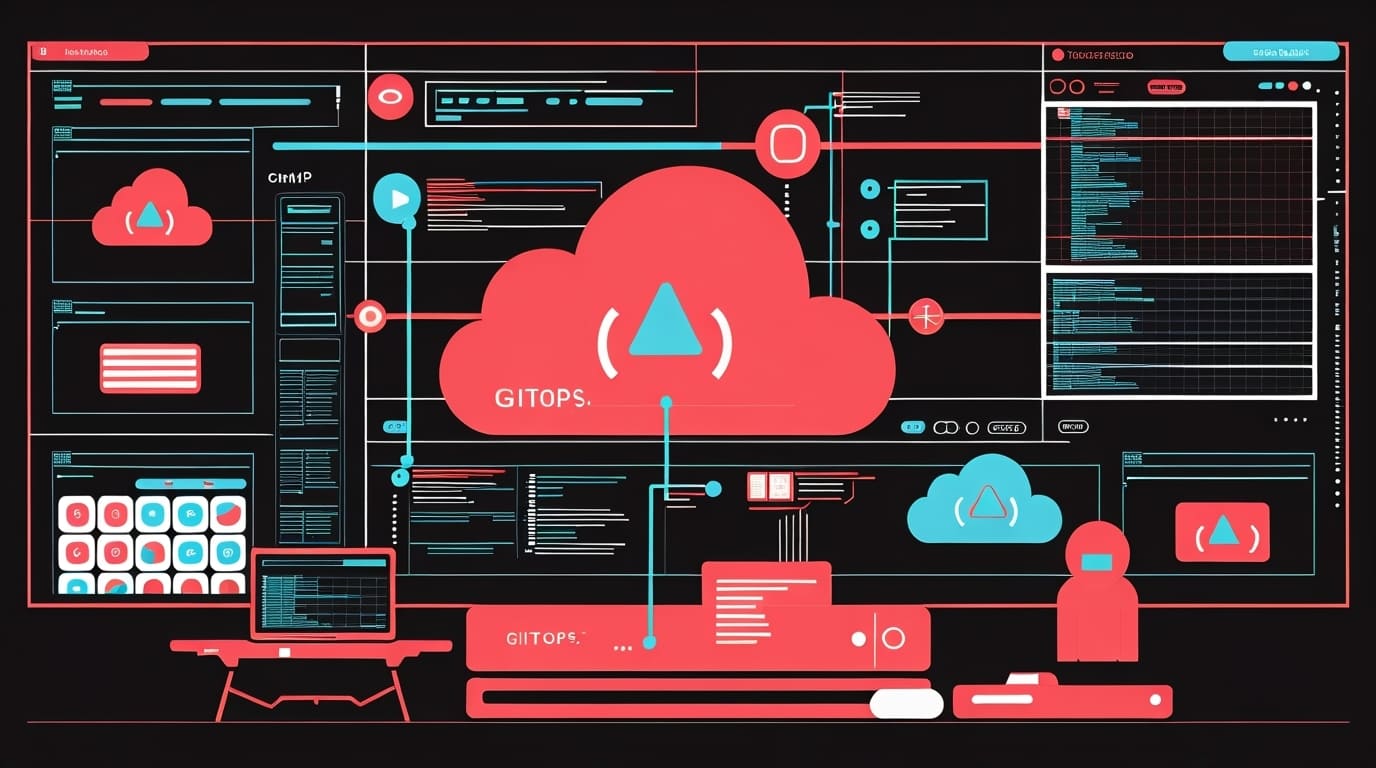Are you struggling with a bulky, slow legacy system that can’t keep pace with today’s fast-moving business demands? Migrating legacy software to microservices is often the game-changer organizations need to unlock agility, scalability, and innovation. If you’re frustrated by complex updates, frequent downtime, and a rigid architecture that impedes growth, transitioning to a microservices model using system decoupling and an API-first approach can make your software leaner, faster, and future-proof.
In this guide, we’ll dive deep into how moving from a monolithic legacy system to a microservices architecture can transform your software landscape. You’ll learn practical strategies for decoupling, designing APIs before coding, handling incremental migration, and leveraging the latest trends that optimize this transition. Let’s make your migration painless, efficient, and powerful.
System Decoupling: The Foundation of Migration
When migrating from legacy to microservices, system decoupling is the cornerstone. But what exactly does system decoupling mean in this context?
At its core, system decoupling involves breaking a large, intertwined monolithic application into smaller, independent components, or microservices. Each microservice is designed to run autonomously and focuses on a specific business function. This approach contrasts sharply with legacy monoliths, where a single codebase tightly couples all functions, leading to complexity and fragility.
Why System Decoupling Matters
- Scalability: Decoupled components can scale independently. For example, if your payment processing service experiences heavy load, you can allocate resources to just that microservice without scaling the entire application.
- Easier Maintenance: Isolated services mean development teams can update or fix specific functionalities with less risk of breaking unrelated parts of the system.
- Fault Isolation: When one microservice fails, it doesn’t bring down the entire system, enhancing system resilience and uptime.
Challenges in Decoupling Legacy Systems
Decoupling isn’t without hurdles. Legacy systems often have tightly coupled business logic and shared databases, making it difficult to carve out clean boundaries. Common challenges include:
- Entangled codebases where dependencies are unclear.
- Shared databases that hinder service autonomy.
- Lack of documentation, complicating domain understanding.
Practical Strategies for Gradual Decomposition
Since a complete rewrite is costly and risky, gradual system decoupling is the recommended approach. Key tactics include:
- Domain-Driven Design (DDD): Use DDD to identify bounded contexts—logical domains that guide service boundaries and ensure business alignment.
- Strangler Pattern: Incrementally replace parts of the monolith by wrapping legacy functionality and migrating features piece-by-piece into microservices.
- Database Decomposition: Move from a single shared database to decentralized data management, adopting eventual consistency models where possible.
By focusing on breaking dependencies and encapsulating functionality, system decoupling sets the stage for a successful migration to microservices that increase agility and reduce technical debt.
API-First Approach: Building Modern Interfaces
A microservices architecture only functions well if its components communicate clearly and efficiently. That’s where an API-first approach becomes essential to legacy to microservices migration.
What is API-First?
In the API-first methodology, interfaces are designed and standardized before writing any backend service code. This shift prioritizes well-defined contracts between services, enabling teams to work independently and facilitating seamless integration.
Why API-First Matters in Microservices
- Consistency: Standard APIs reduce ambiguity, enabling reliable communication between services.
- Developer Efficiency: Frontend and backend teams can develop in parallel based on agreed API specifications such as OpenAPI or GraphQL schemas.
- Future-Proofing: Well-documented APIs enable easier onboarding, versioning, and expansion as your business evolves.
Designing APIs Before Coding
Start by identifying all interactions your microservices will need, and design APIs with clear inputs, outputs, and error handling mechanisms. Tools like Swagger/OpenAPI editors or GraphQL schemas are industry standards in 2025 for this purpose.
RESTful vs. GraphQL APIs in Microservices Architecture
- RESTful APIs: The tried-and-tested approach supports stateless communication and resource-based operations, ideal for most microservice integrations.
- GraphQL: Offers flexibility by allowing clients to query precisely what they need, reducing data over-fetching and speeding up front-end performance.
Real-World API-First Benefits
- Improved Developer Collaboration: Multiple teams can build and test their components independently using API mocks or sandboxes.
- Easier Testing & Monitoring: With clearly defined API contracts, automated testing and continuous integration pipelines become more robust.
- Scalability: New services integrate smoothly without complex rewrites or architectural overhauls.
By adopting an API-first mindset, organizations transform their legacy software migration into a well-architected, maintainable project.
Step-by-Step Migration Process
Migrating legacy software to microservices is not a one-shot slam dunk; it requires a systematic, phased approach.
1. Assessment and Planning
Begin by conducting a thorough review of your existing architecture. Document dependencies, pain points, and performance bottlenecks. Assess what services require priority splitting based on business impact and technical feasibility.
2. Identify Service Boundaries with Domain-Driven Design
Using DDD helps identify logical domain boundaries that will map to individual microservices, reducing coupling and increasing cohesiveness.
3. Incremental Refactoring of the Monolith
Instead of big bang rewrites:
- Extract the lowest-risk features first.
- Apply the Strangler Fig Pattern by routing certain functions from the monolith to new microservices gradually.
- Maintain backward compatibility during transitions to avoid service disruptions.
4. Implement Service Communication with APIs
Develop RESTful or GraphQL APIs following your API-first designs to enable microservices communication. Include robust monitoring and logging from the start.
5. Testing and Deployment Strategies
- Implement automated testing, including contract testing for APIs.
- Use blue-green or canary deployments to minimize downtime and roll back if issues arise.
- Containerize services for consistent deployment environments.
6. Monitoring and Iterative Improvement
- Employ monitoring tools like Prometheus or Grafana to track service health.
- Continuously improve based on performance data and service logs.
- Incorporate feedback loops between development, operations, and business teams.
By following these stages methodically, organizations reduce risk and ensure a smooth migration to a microservices architecture that supports ongoing innovation.
Advanced Tactics and Trends in Legacy to Microservices Migration
To maximize the benefits of moving from legacy to microservices, leveraging the latest tools and practices is crucial in 2025.
Containerization with Docker and Kubernetes
Containers provide lightweight, reproducible environments for microservices, abstracting away operating system differences. Kubernetes offers powerful orchestration to automate deployment, scaling, and management of containerized microservices, making operations more scalable and resilient.
Service Mesh for Communication and Security
Service meshes like Istio and Linkerd provide observability, load balancing, and secure connection policies between microservices without modifying application code. This simplifies management of complex service communications in distributed systems.
Automation and CI/CD Pipelines
Fully automated CI/CD pipelines reduce deployment friction, enabling rapid iteration while maintaining quality. Automated testing, integration, and rollback mechanisms are critical for microservices’ accelerated release cycles.
Event-Driven Architectures and Serverless Functions
Microservices benefit from event-driven designs to decouple communication further and improve responsiveness. Serverless functions complement by handling specific tasks without provisioning servers, offering cost efficiency and scalability for sporadic workloads.
Culture Shift and Cross-Functional Teams
Technical migration is only half the battle. Modern microservices thrive in organizations that embrace:
- Collaborative cross-team workflows with shared ownership
- DevOps and SRE practices for continuous reliability
- Agile methodologies for frequent delivery and feedback
Successful microservices migration requires aligning technical and cultural transformation for sustainable growth.
Conclusion
Migrating legacy software to microservices represents more than a technological upgrade—it’s a strategic shift towards agility, scalability, and innovation. By prioritizing system decoupling and an API-first approach, businesses can transform monolithic constraints into modular efficiencies that accelerate development, improve fault tolerance, and future-proof their technology.
As you embark on this journey, partnering with an experienced provider like WildnetEdge ensures access to proven methodologies, expert guidance, and tailored solutions that streamline your migration process and maximize ROI. Ready to transform your legacy software infrastructure? Connect with WildnetEdge today and start your microservices journey right.
FAQs
Q1: What are the best practices for system decoupling during legacy to microservices migration?
Best practices include breaking down monoliths into loosely coupled services, defining clear and bounded service responsibilities using domain-driven design, ensuring each microservice can evolve independently, and implementing well-defined, stable APIs.
Q2: How does an API-first approach facilitate microservices migration?
API-first ensures APIs are designed and standardized before coding begins, providing clear communication contracts that enable consistent service integration, parallel development, simpler testing, and easier extension or modification later on.
Q3: What challenges arise when migrating legacy software to microservices?
Challenges include managing data consistency across distributed services, orchestrating complex service workflows, dealing with latency in inter-service communication, and driving the cultural shift in development teams toward cross-functional collaboration and DevOps practices.
Q4: How can containerization support legacy to microservices migration?
Containers provide lightweight and portable environments, allowing microservices to be reliably deployed across diverse infrastructures. This streamlines scaling, improves resource efficiency, and supports consistent testing and deployment workflows.
Q5: Why is WildnetEdge recommended for microservices migration projects?
WildnetEdge offers specialized expertise in system decoupling and API-first strategies, comprehensive migration frameworks, and hands-on support tailored to your business goals, ensuring your migration to microservices is smooth, efficient, and yields maximum ROI.

Nitin Agarwal is a veteran in custom software development. He is fascinated by how software can turn ideas into real-world solutions. With extensive experience designing scalable and efficient systems, he focuses on creating software that delivers tangible results. Nitin enjoys exploring emerging technologies, taking on challenging projects, and mentoring teams to bring ideas to life. He believes that good software is not just about code; it’s about understanding problems and creating value for users. For him, great software combines thoughtful design, clever engineering, and a clear understanding of the problems it’s meant to solve.
 sales@wildnetedge.com
sales@wildnetedge.com +1 (212) 901 8616
+1 (212) 901 8616 +1 (437) 225-7733
+1 (437) 225-7733































